



Parade of Progress
Boss Ket (Charles Kettering) wanted everyone, no matter how remote they lived, to share in the technologies GM had to offer. So the Parade toured from 1936 to mid-1956, entertaining millions of citizens.
The moment GM's Parade of Progress drove into Muskogee or Ashtabule, everyone went out. The attraction was so great that no one could stay away. In some cities more people came than lived in that city. The first parade was in Lakeland, Florida on Feb. 1936. By the time they reached Pearl Harbor, the parade had completed a million miles, visited 251 cities in the USA, Mexico, Canada and Cuba, and had visited more than 12.5 million people. There are basically 3 Parades, even in the 1970s GM drove around with stations and visited schools.
Kettering came up with the idea while walking at the 1933 World's Fair. Why shouldn't we visit the people with all the beauty here, the people who can't come here, he thought. Kettering spoke with Sloan and PR manager Paul Garrett. Both thought it was a good idea. Depression-weary America went to the movies, theater, trade shows, and anything that could help their minds shift during these trying times.
GM felt that a free non-commercial roadshow would put GM on the map in every place was a good idea. Assembling the caravan took quite some time, throughout 1934 and 1935. Vehicles, personnel, exhibitions, props, tents etc. The focus was on 8 red and white streamlined trucks. 6 pieces could be linked and formed a whole if they were placed 3 by 3 next to each other, 1 formed a stage and 1 was for storage. The original 1936 parade also featured 9 GMC and Chevrolet trailers for tents, lamps, etc. Also included was an air-conditioned command car. From all divisions there were models that were traded in every 2000 miles at dealers en route. During the construction of this caravan, cars were also built for a mini parade, the 'Previews of Progress'. Some smaller streamlined cars were used for this that went to schools and universities and even abroad.
On the way to Florida, stops were made at GM factories and larger dealers. The tent was not set up, only stopping to let staff watch and to 'use' the press. It wasn't until Florida that the first show was actually given. Even on the way the caravan had to stand out, so people always drove in a column and only during the day so that everyone could have a good look at the column.
The team consisted of 40-50 young single men with a good education from all over the country. They drove the vehicles, set up the show, gave explanations to the visitors and dismantled the whole thing and then drove to the next place. They had all been hired as information officers, but there was an internship period. You learned everything but were only allowed to do it yourself when someone had to be replaced, in the meantime you did all kinds of jobs. Everyone who took part thought it was the best time of their lives. It was a close-knit group that worked hard, enjoyed the adventure and had a mission. The leader, Jack Jerpe, was like a father and friend to them, but also their boss. They drove slowly, the trucks were underpowered and motorized with a top speed of 40 mph, and only during the day. People stayed in hotels and ate in restaurants. They earned $100 a month and paid for clothing and hotel expenses. For food they got $18.50 which made for a good meal in those days.
The idea behind the parade was that the smaller places should be visited and nothing was sold. The cars and devices were strategically placed and all questions answered. Jerpe regularly held a quiz to test his knowledge. The route was planned a year in advance and the Chamber of Commerce received a letter in advance and a few days later an 'explorer' came to the village. A place had to be found for the tent and cars, hotel rooms had to be booked, GM dealers had to be notified, schools, community centers, newspapers and the radio. A short film was shown as a teaser. The parade itself didn't use any movies, everything was live and a show lasted 45 minutes. In 1940 a larger separate tent was used that could accommodate 1,500 people instead of 1,200 in the old setup. In larger cities the tent was not set up, but existing buildings were used.
In 1938 Mexico was visited for two weeks, they had a great time and there were even specially trained Mexican educators. Then they left for America again, the south was visited in the winter, the north in the spring. They ended in New York a year before the 1939-1940 World's Fair. The Christmas holidays were celebrated on the Florida Keys and in January 1939 they left for Havana where they had a fantastic time. Then the parade went back to New York for the GM exhibition at the world's fair. In 1940 the 8 original trucks were replaced by 12 new streamlined 'Futurliners'. The exhibits were revamped and the whole operation got bigger.
While the parade was in Texas, World War II broke out. Two weeks after Pearl Harbor, the parade was canceled and the team swapped the GM uniform for a beige or blue uniform. The vehicles were driven to Ohio and stored there throughout the war. The parade was not put back into service until April 1953. It remained 44 vehicles with 57 men, the Aer-O-Dome tent was enlarged and the plastic domes of the Futurliners were changed. Because of their large surface it got too hot in the cabin. The exhibits now also included jet propulsion, the atmosphere, atoms, stereo sound and other new things. Larger spaces were now also used more often. The first new exhibition was in a Pan-Am hangar. The 'Motel of the future' was displayed on stage and the 'Car of the future' drove back and forth. People were dressed in clothes of the future. Most of these things later turned out to be wrong, except for the sportier clothes. That part was correct. Most of the shows were similar to the early 1936 shows, but the larger indoor shows were promoted as GM Motorama and less often as Parade of Progress. The modern Futurliners could open at the side to form a podium on which a spokesperson could explain the products shown in the Futurliner. As a result, a larger audience was served than in the tent with seats.
The post-war parade no longer attracted as many people as before. People now had their own shows at home due to the rise of television. In 1956, GM decided to stop the parade for good. Most of the people on the team continued to work for GM and have all since retired. The equipment was sold, as were the streamliners. Two were donated to the Michigan State Police, a was converted to provide safety training, the other remained on standby. They later sold for $1,200 each and ended up in a scrapyard in Kalamazoo. They were sold in '99. Entertainer Vic Hyde had one in the 1970s but couldn't get it insured. They stood out well and were used for all kinds of tasks. 2 of the buses have been fully restored, some are in poor condition and await their fate, 1 is in Sweden to be restored and 1 in Germany. The whereabouts of 9 are known, two of which are too bad for restoration and are being used as donors. One restored version fetched $4 million at auction years ago. on www.futurliner.com there is a lot of information about these fantastic Futurliner buses.
Canada's Parade of Progress
Futurliner in Carlisle 2009
Joe Bortz Futurliner
GM Parade of Progress Part 3/4
GM Parade of Progress Part 1/4
GM Parade of Progress Part 4/4
Kindig-It Restoration
GM Parade of Progress Part 2/4
GM Parade of Progress history
 |  | 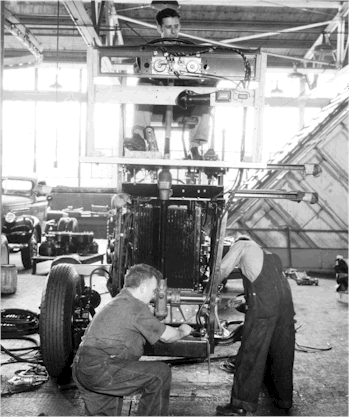 |  |  |  |  |
|---|---|---|---|---|---|---|
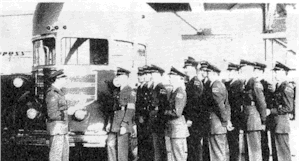 | 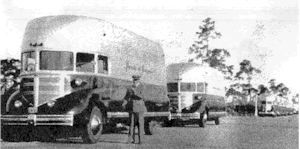 | 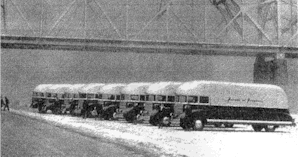 |  |  |  |  |
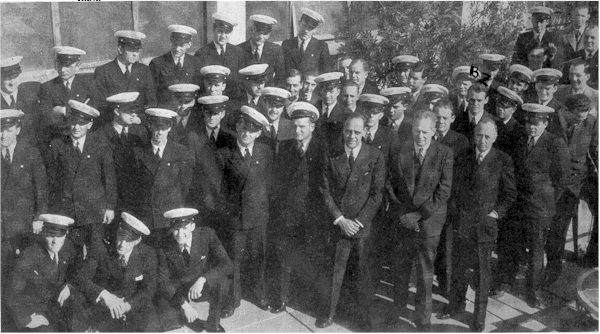 |  |  |  |  |  |  |
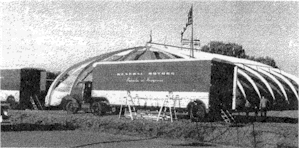 |  | 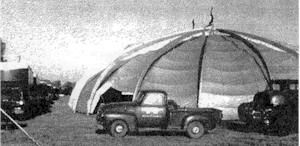 |  | 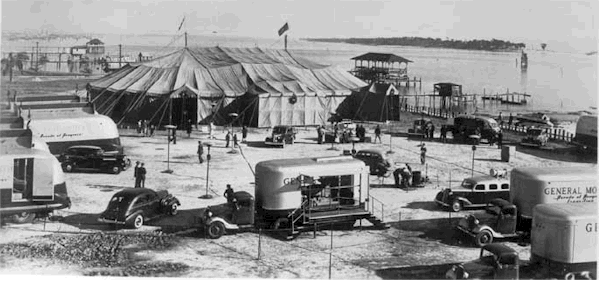 | 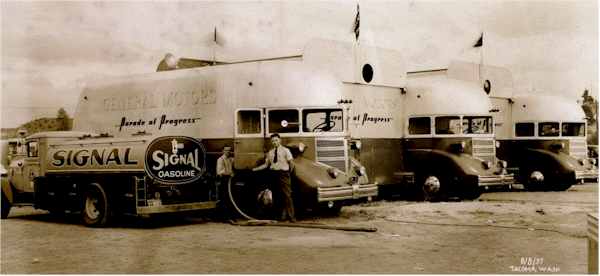 |  |
 |  |  |  |  |  |  |
 |  |  |  |  |  | 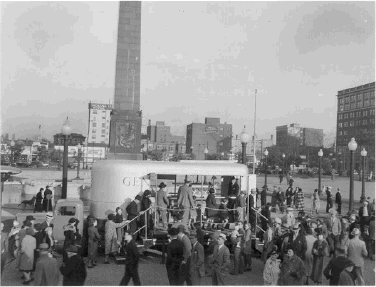 |
 |  | 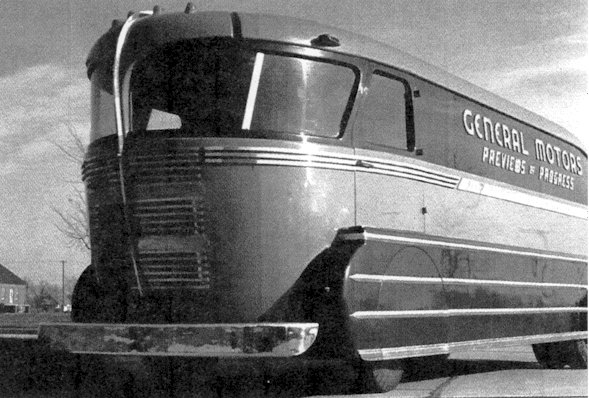 | 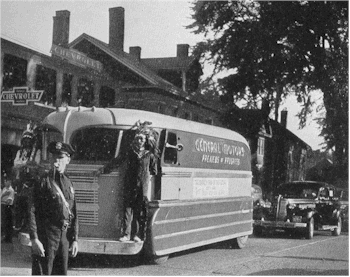 |  | 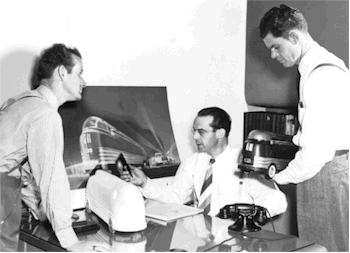 |  |
 |  | 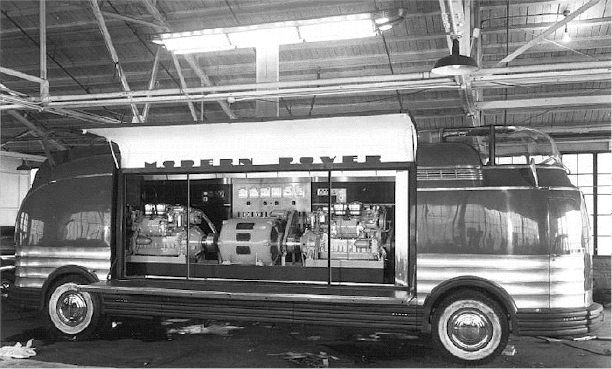 |  |  | 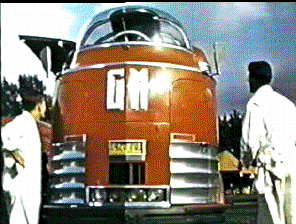 | 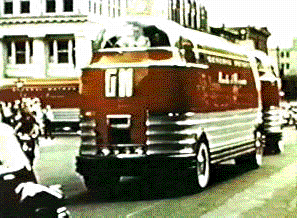 |
 | 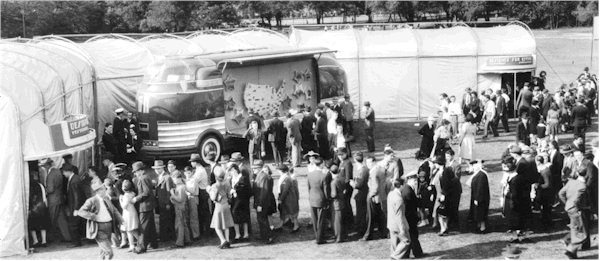 |  |  |  |  |  |
 |  |  |  | 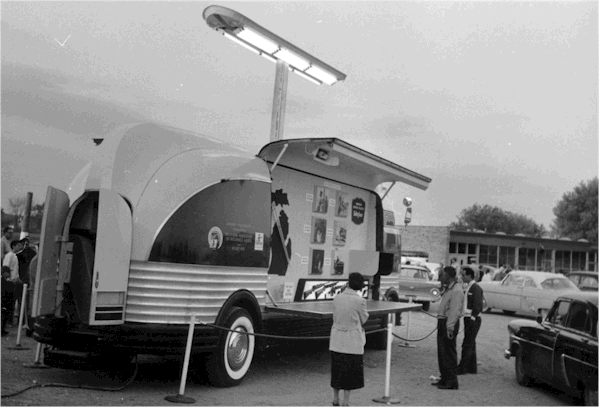 | 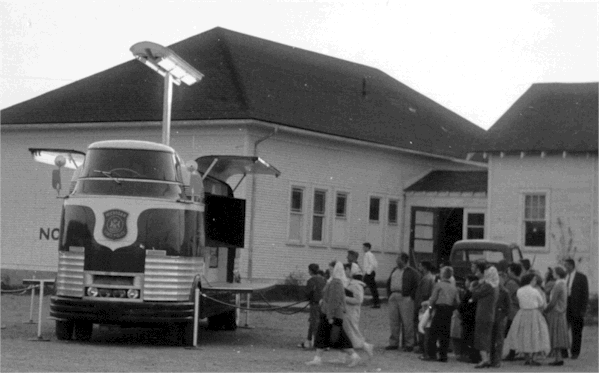 |  |
 |  |  |  | 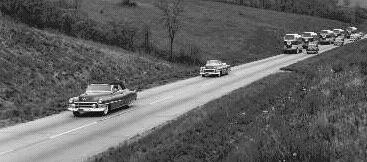 | 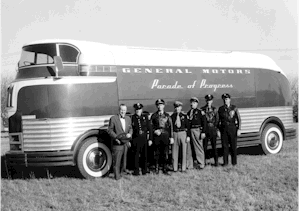 |  |
 |  |  |  |  |  |  |
 |  |  | 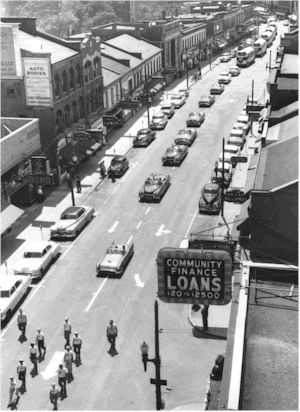 | 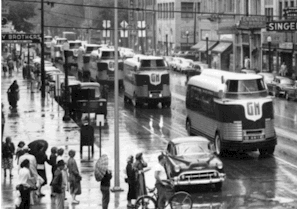 | 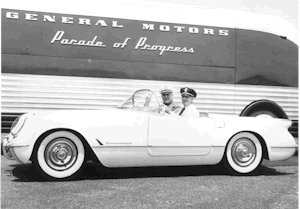 | 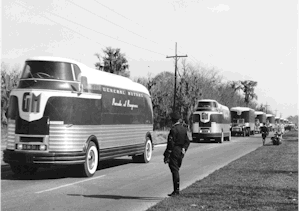 |
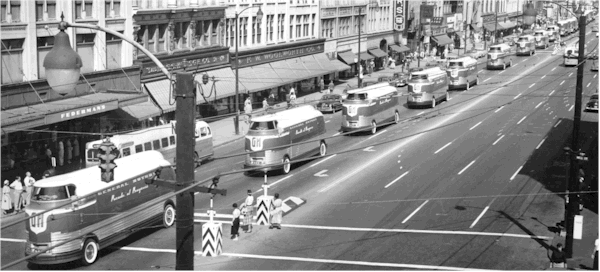 | 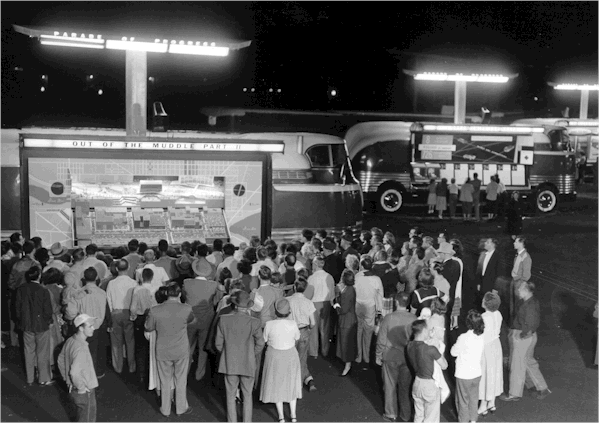 |  |  |  |  |  |
 |  |  |  |  |  |  |
 |  |  |  |  |  |  |
 |  |  |  |  |  |  |

